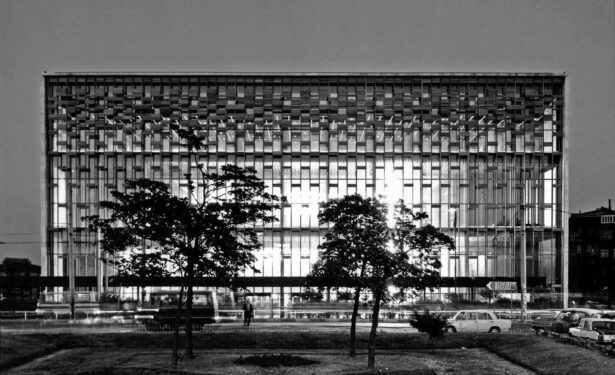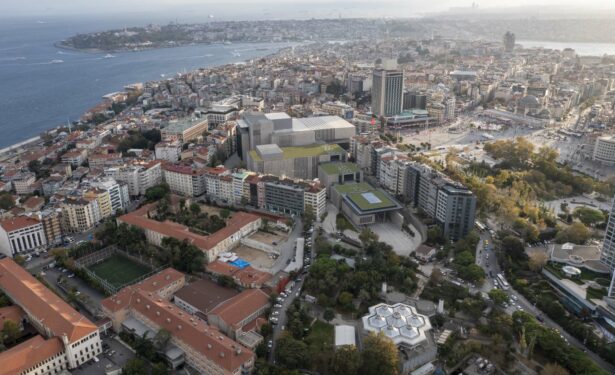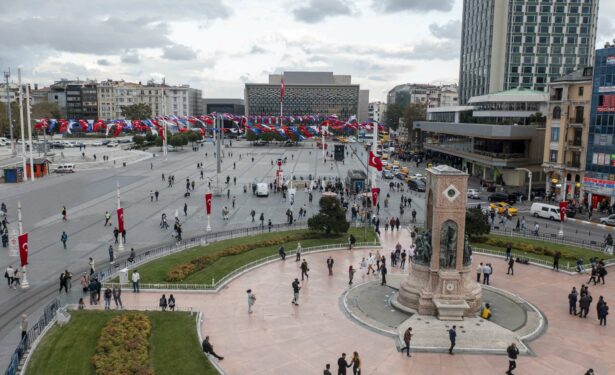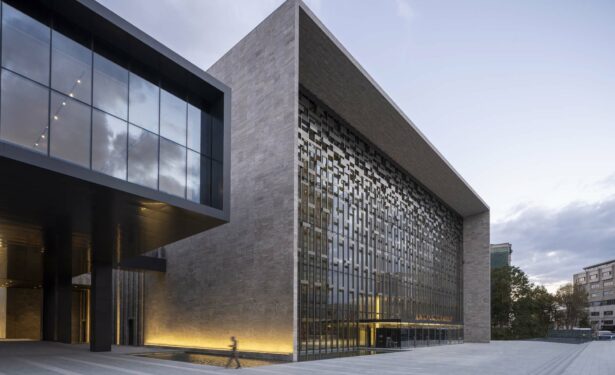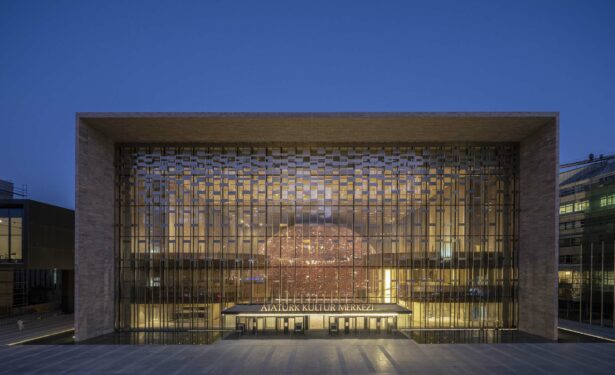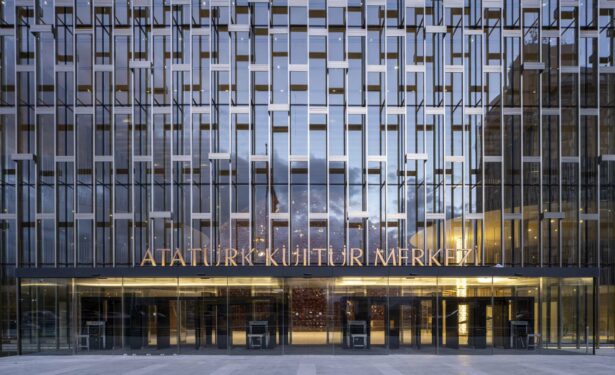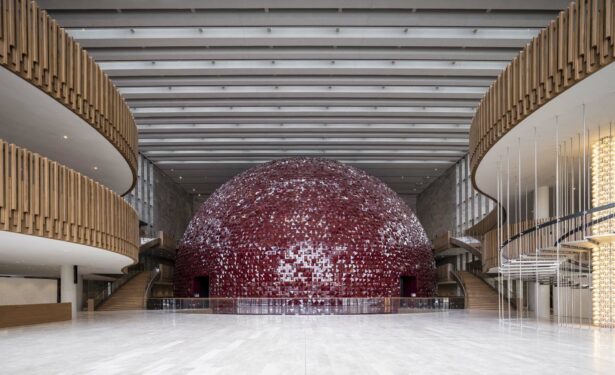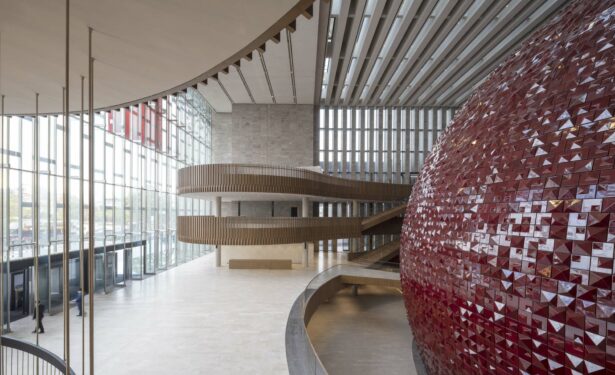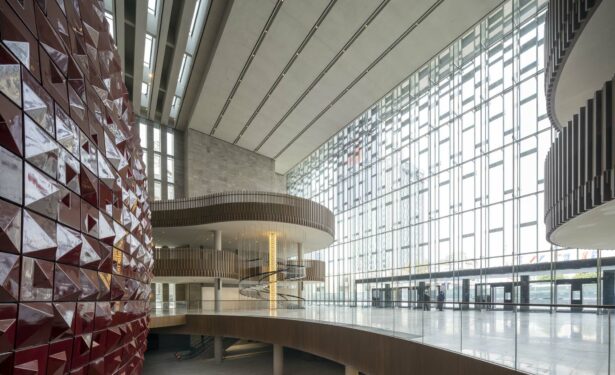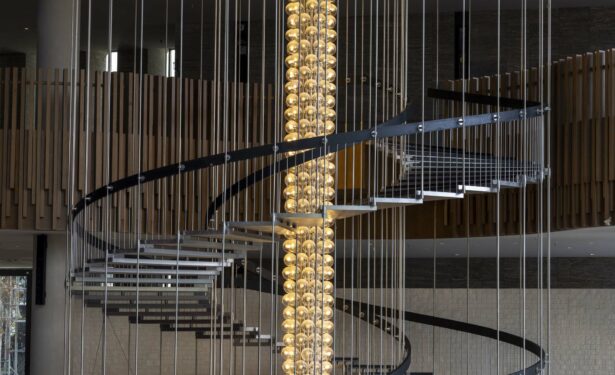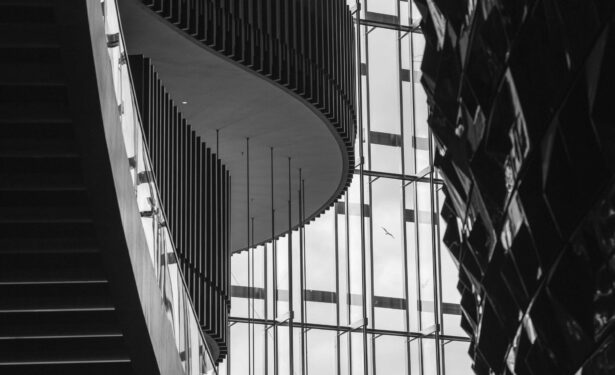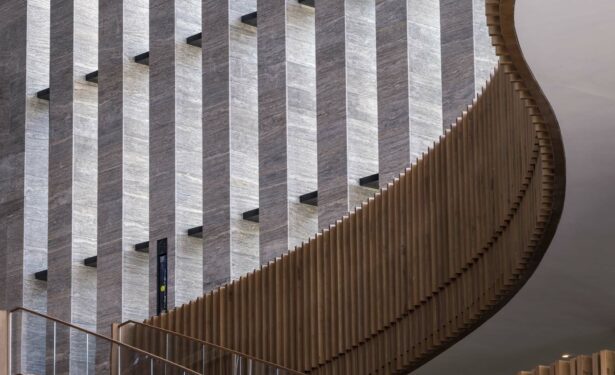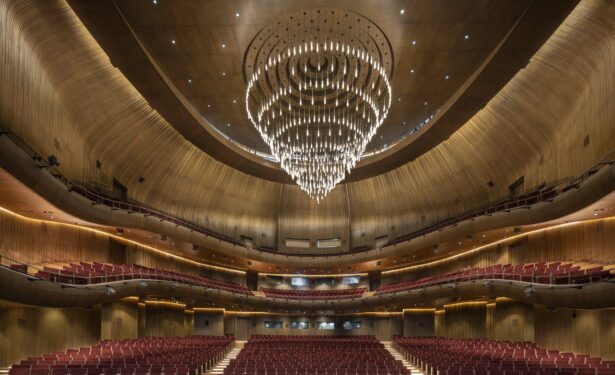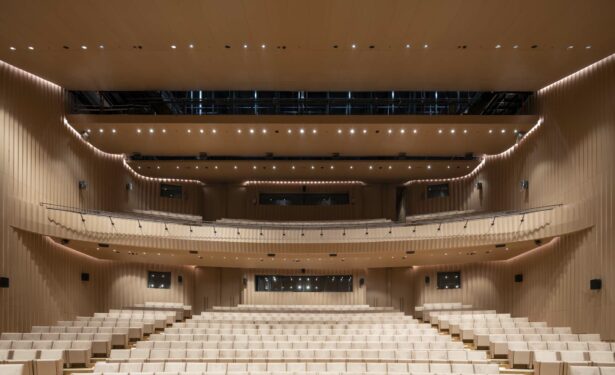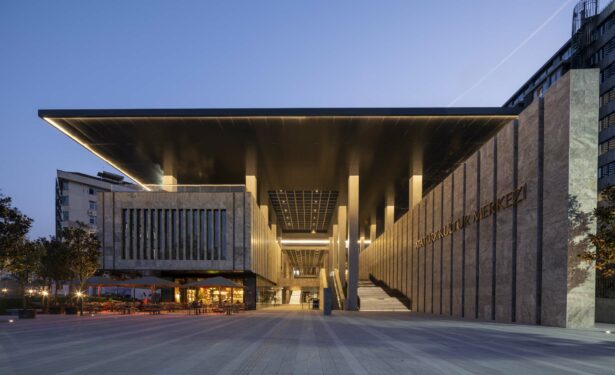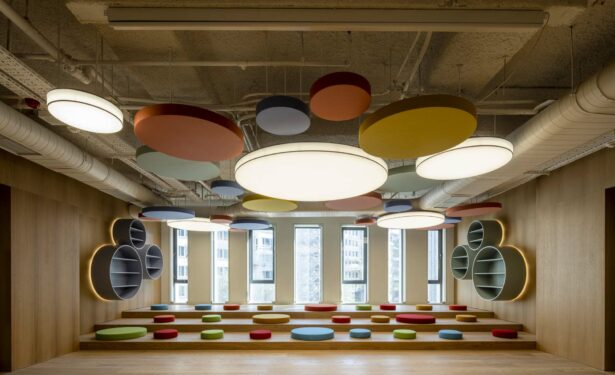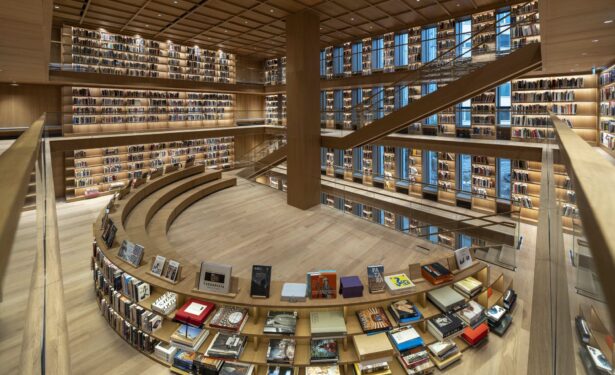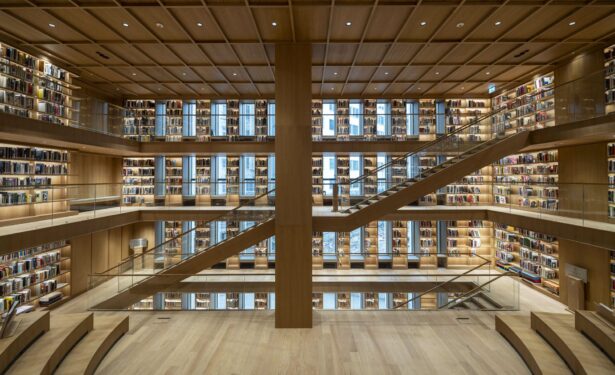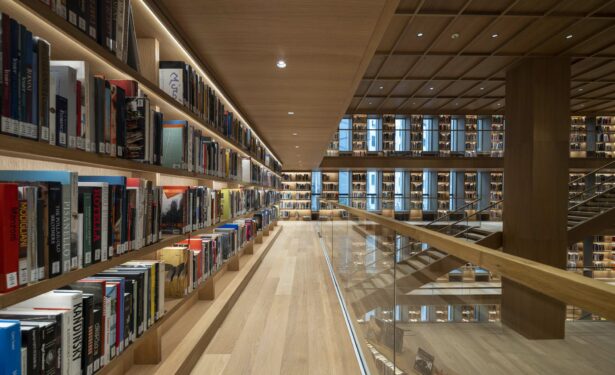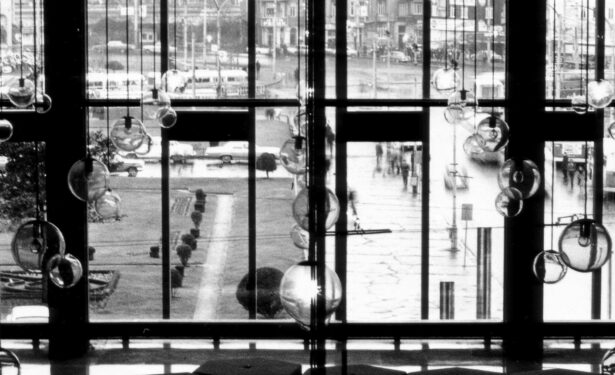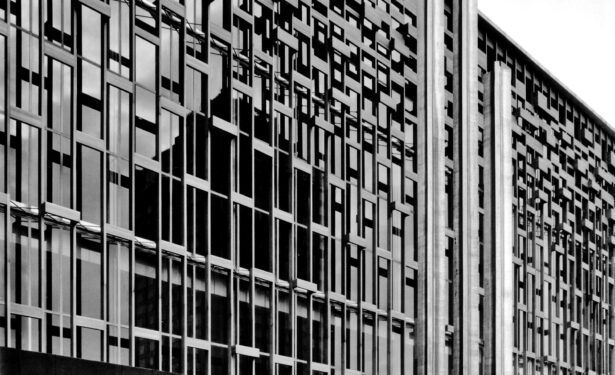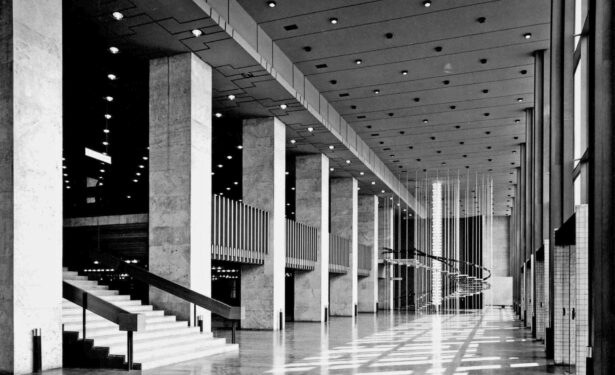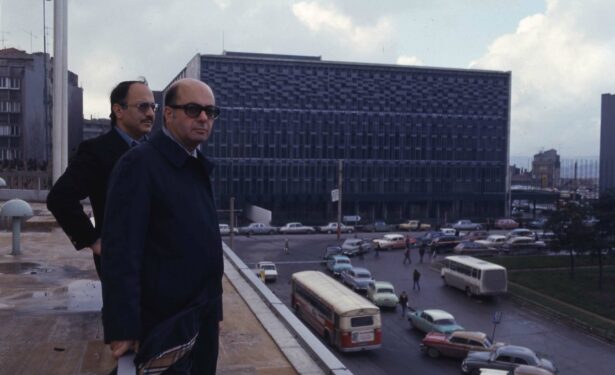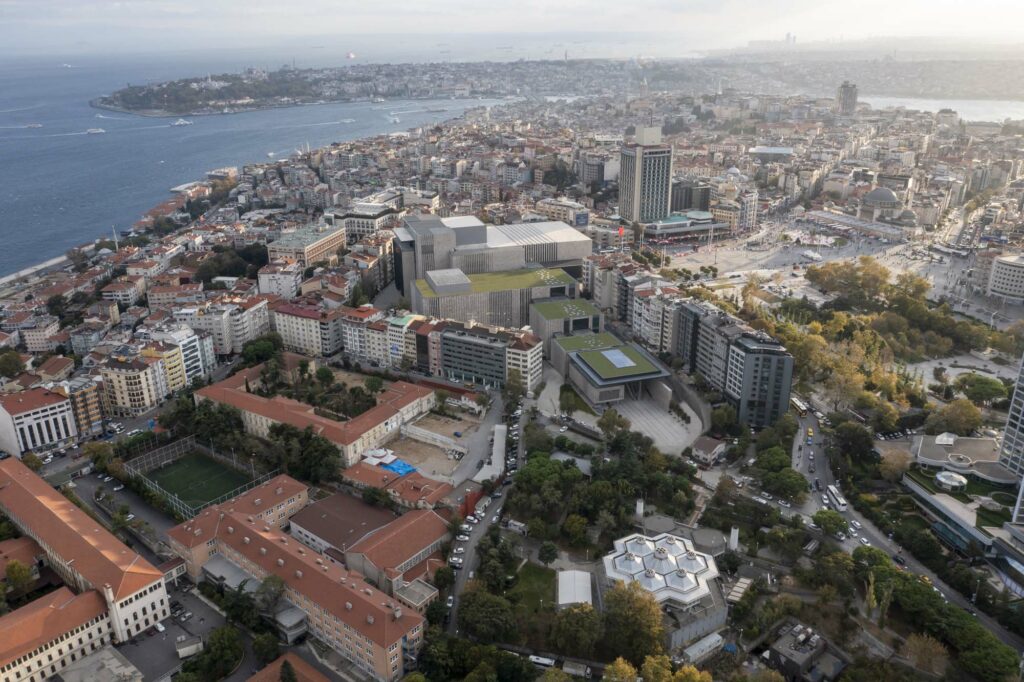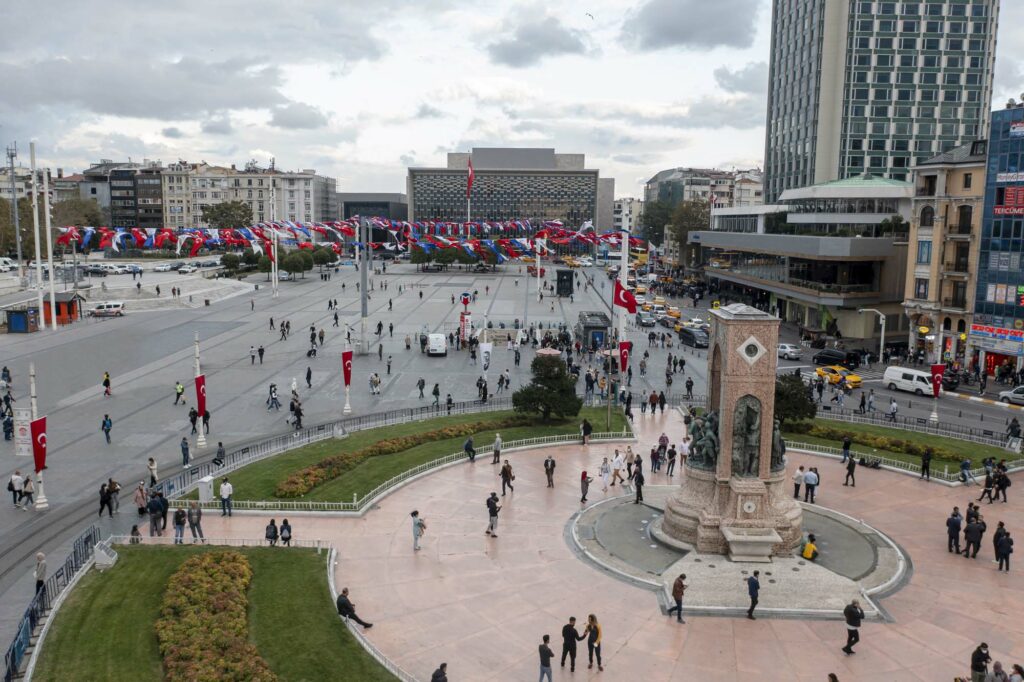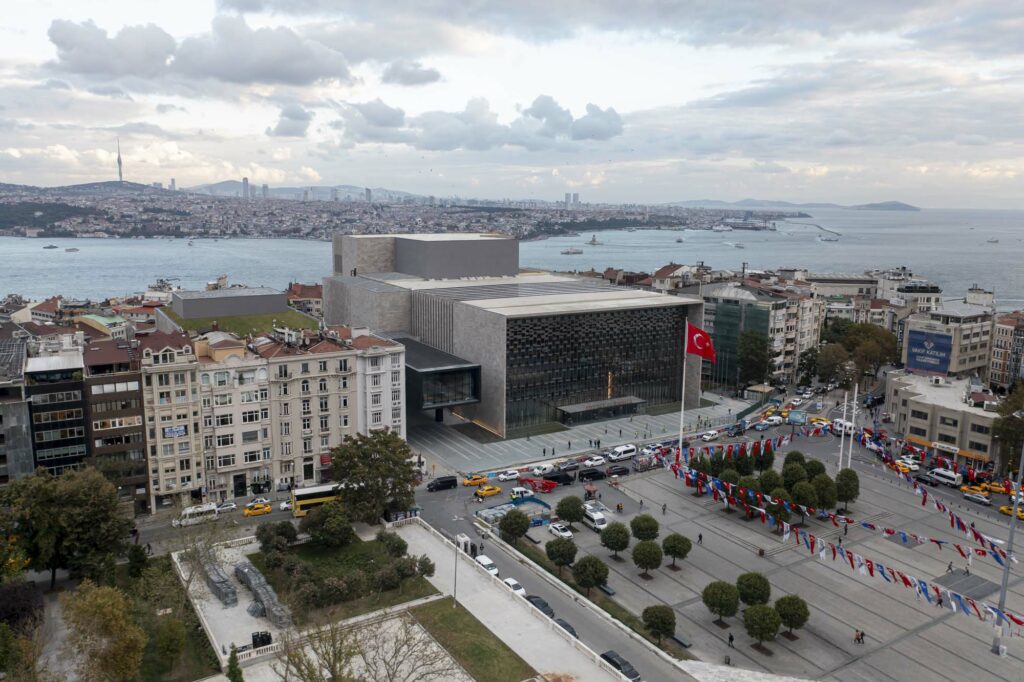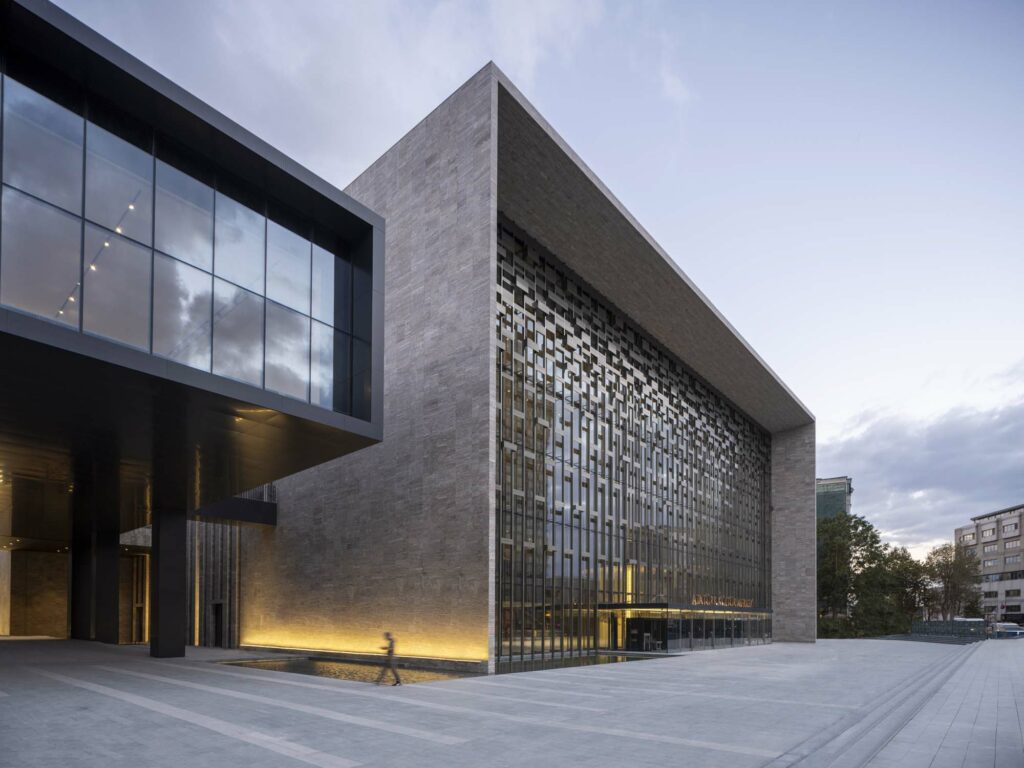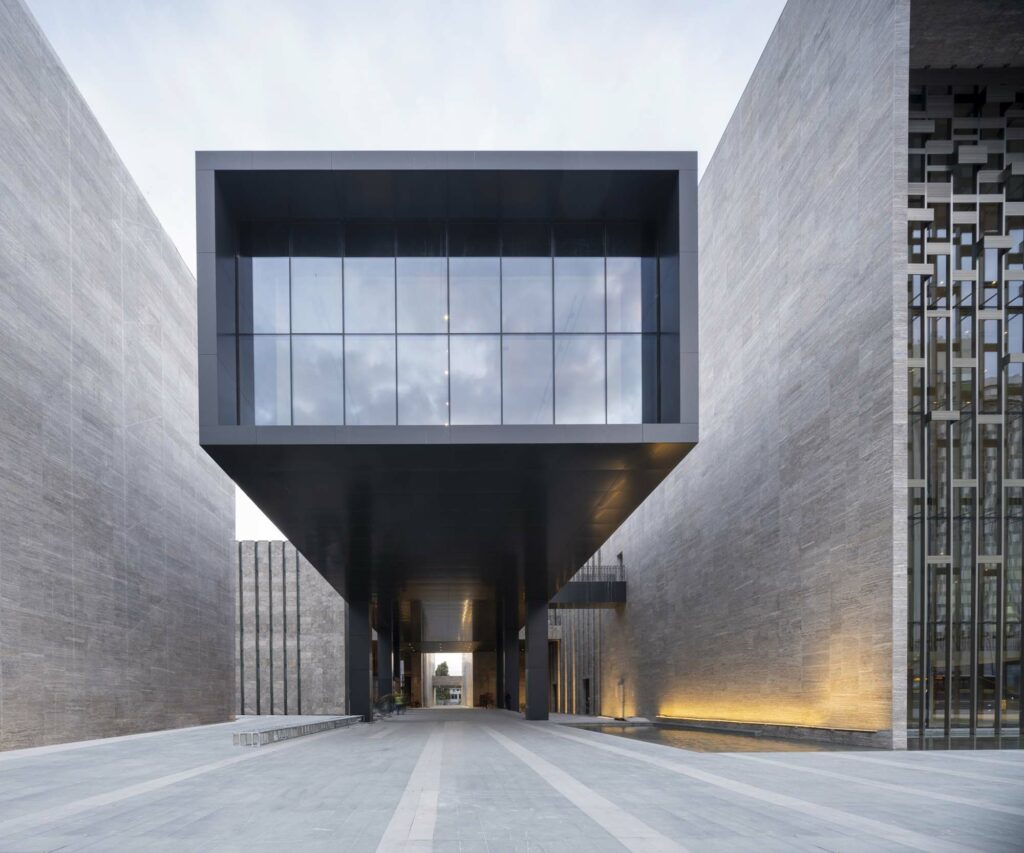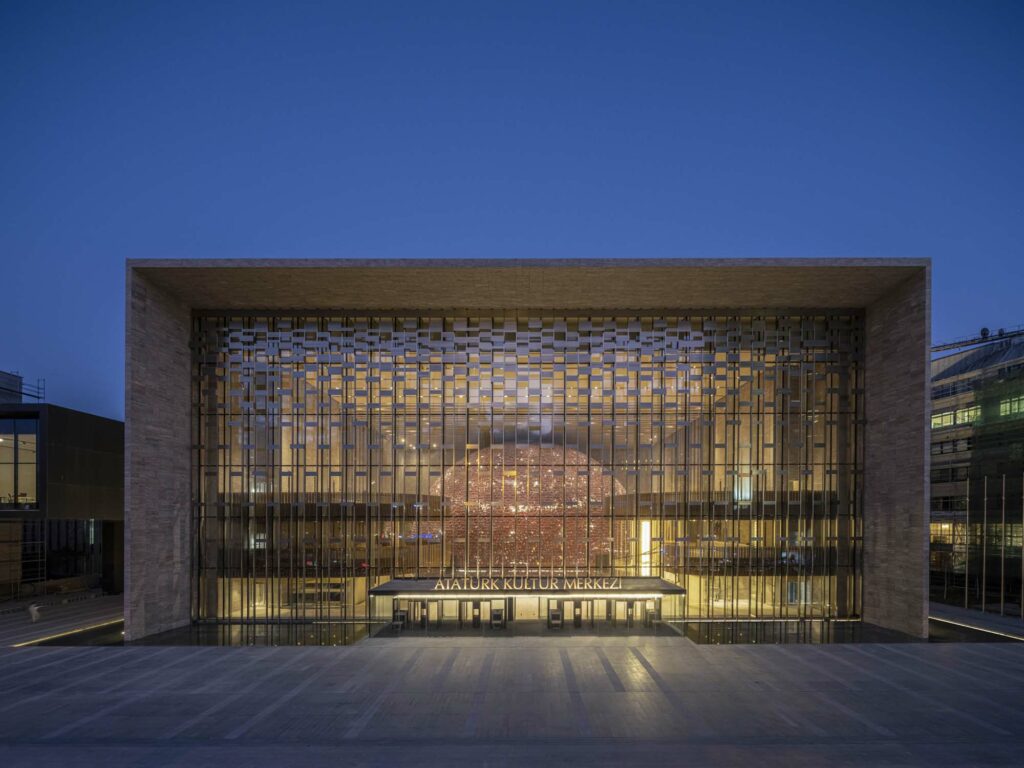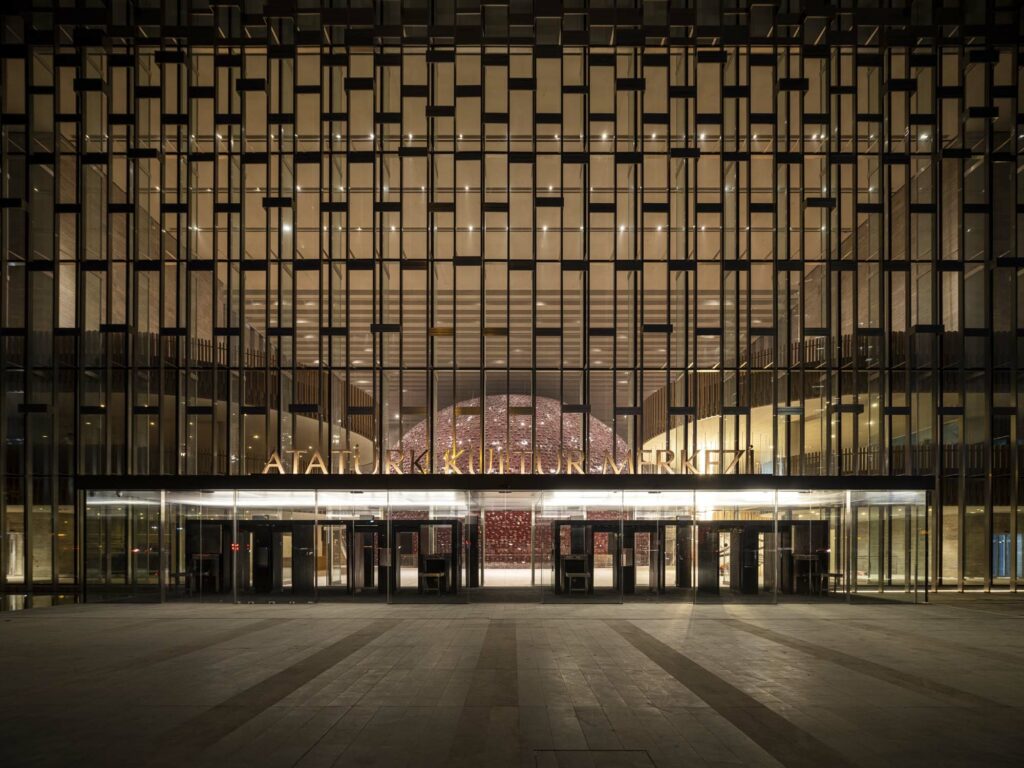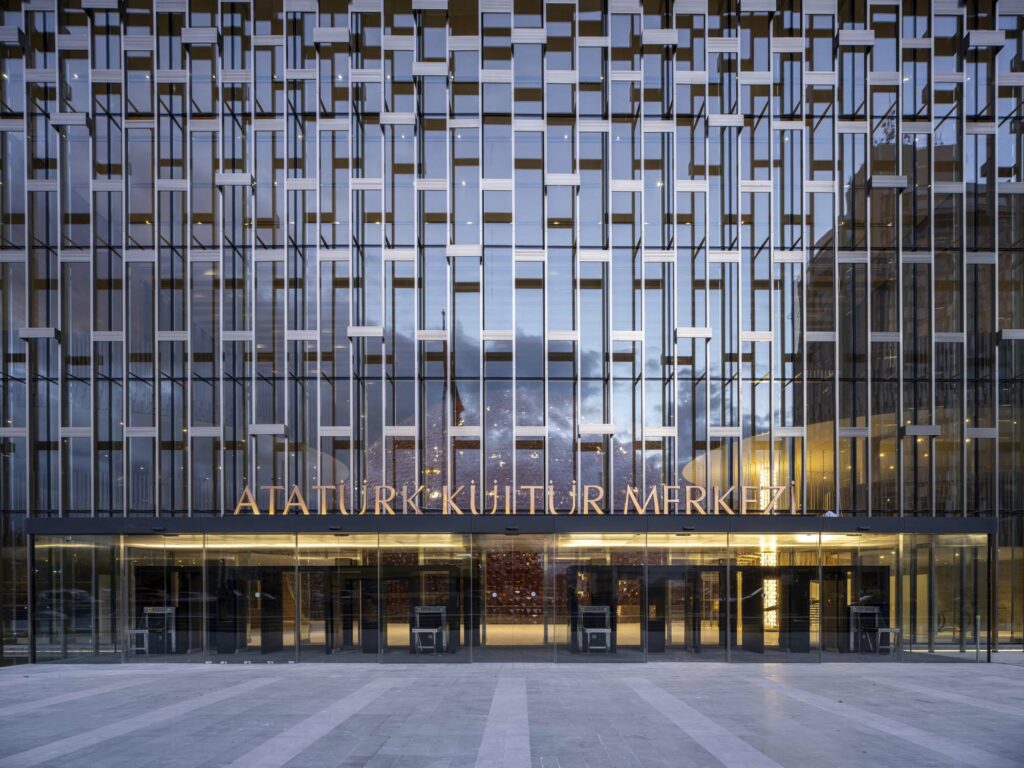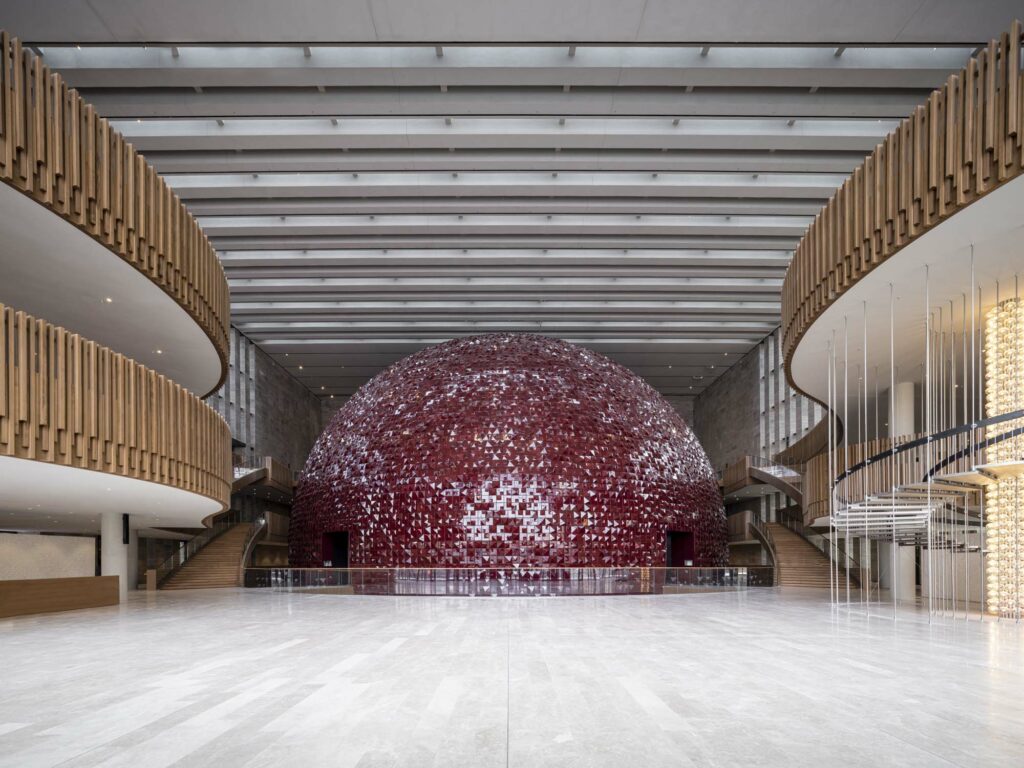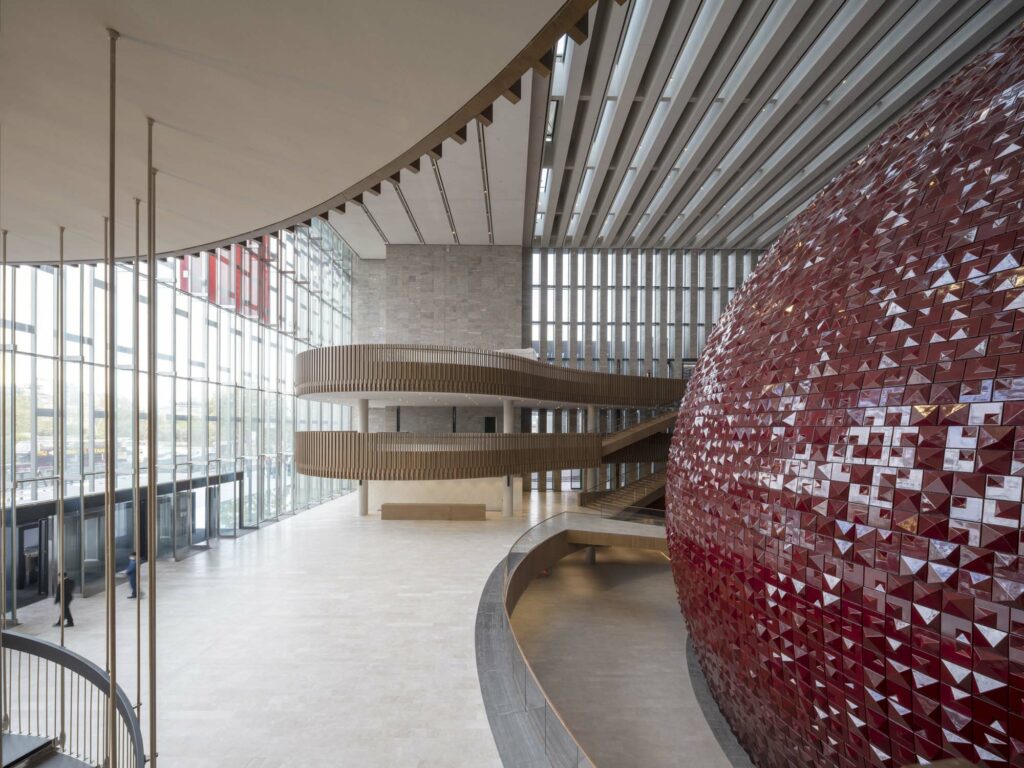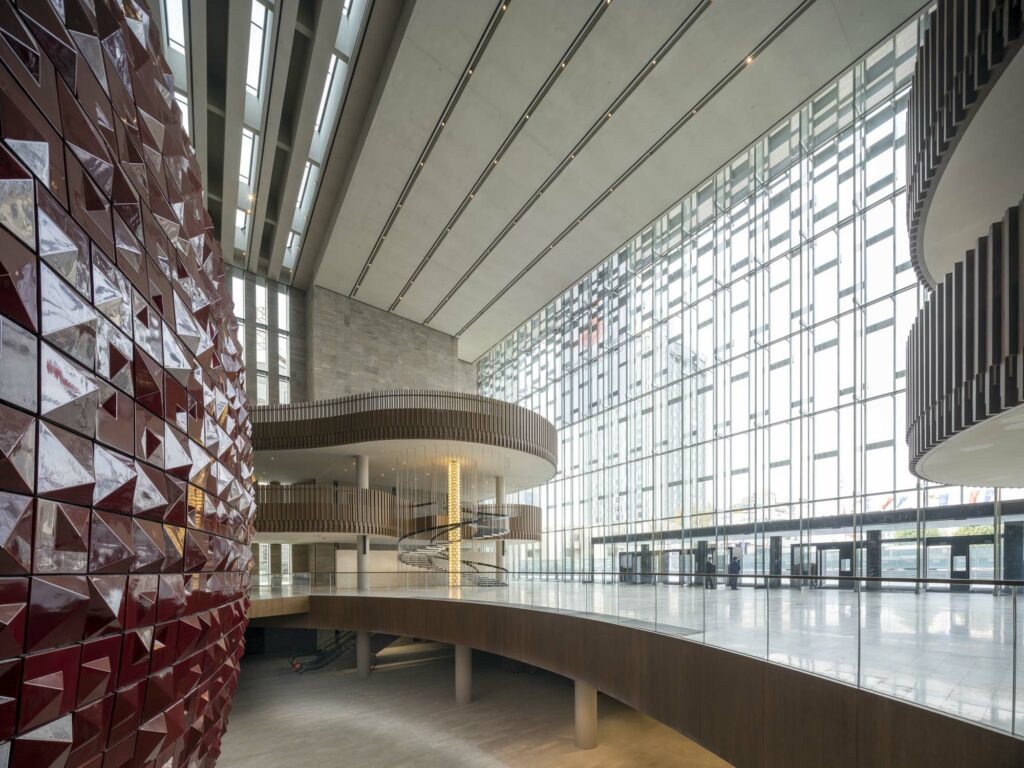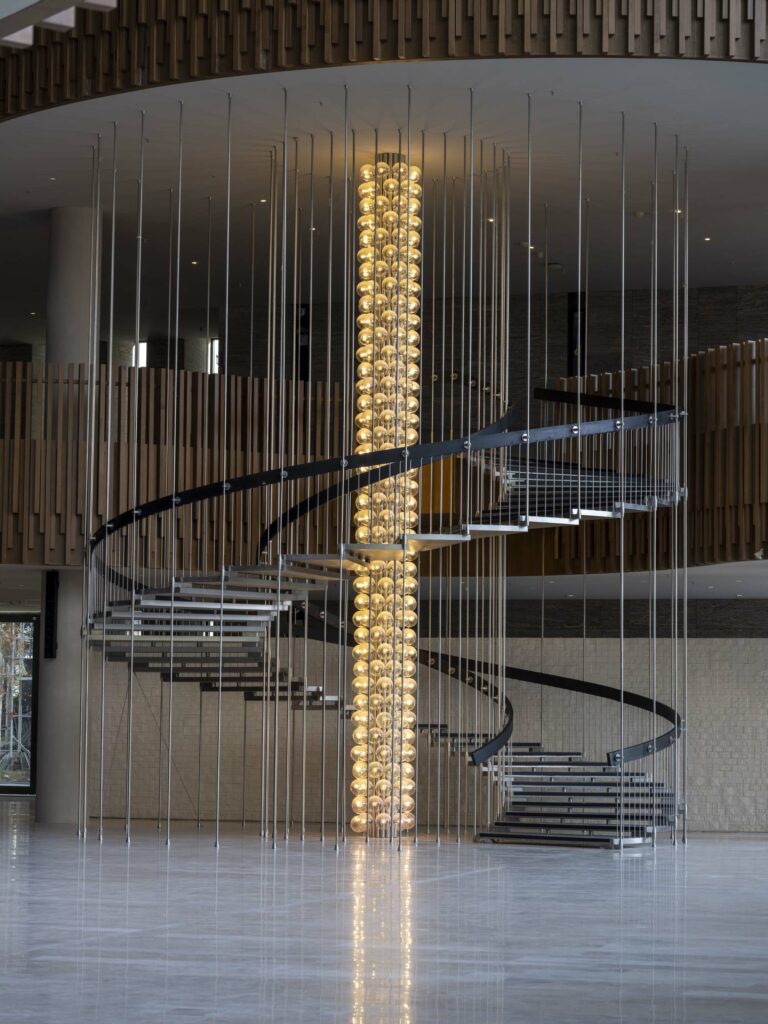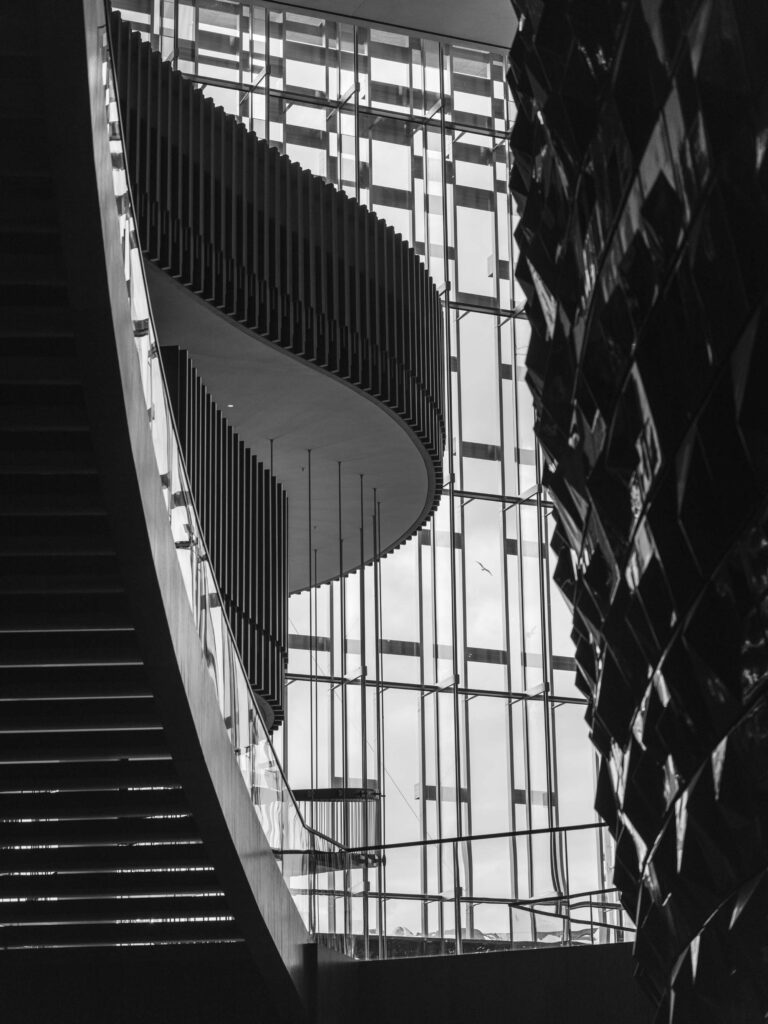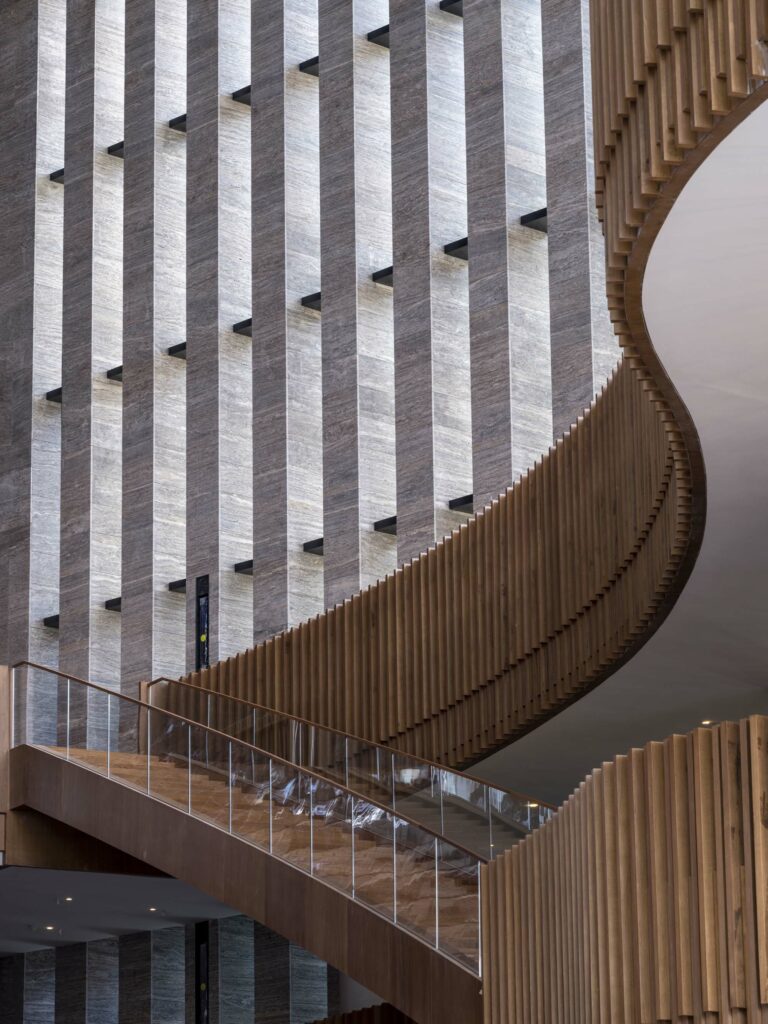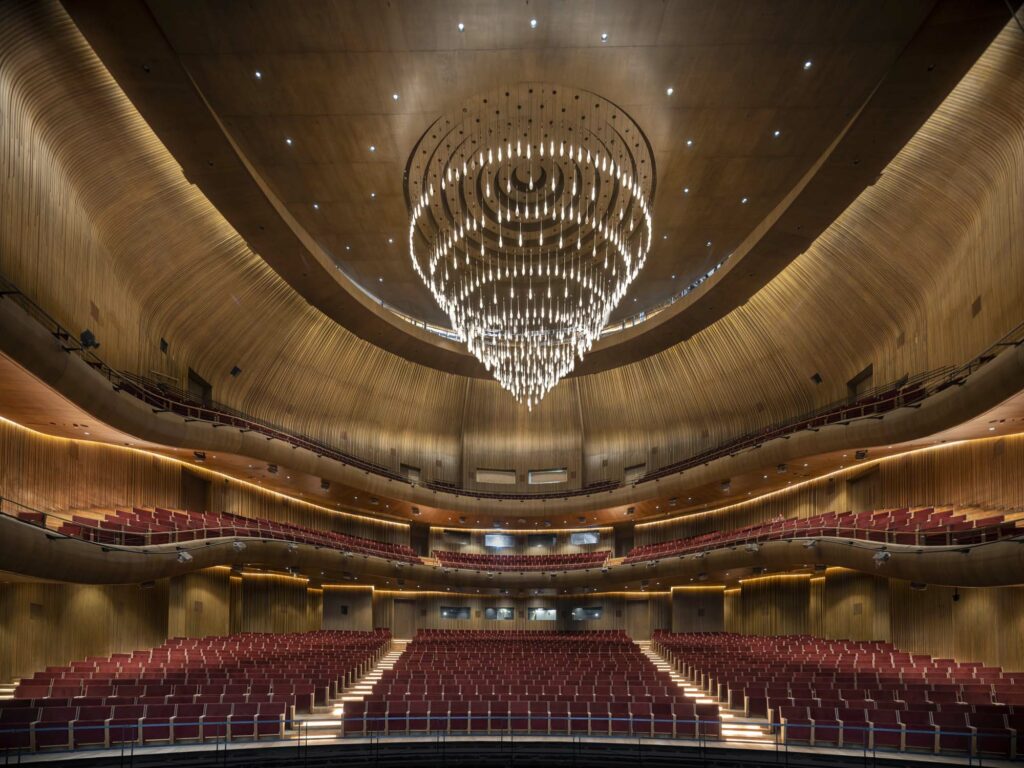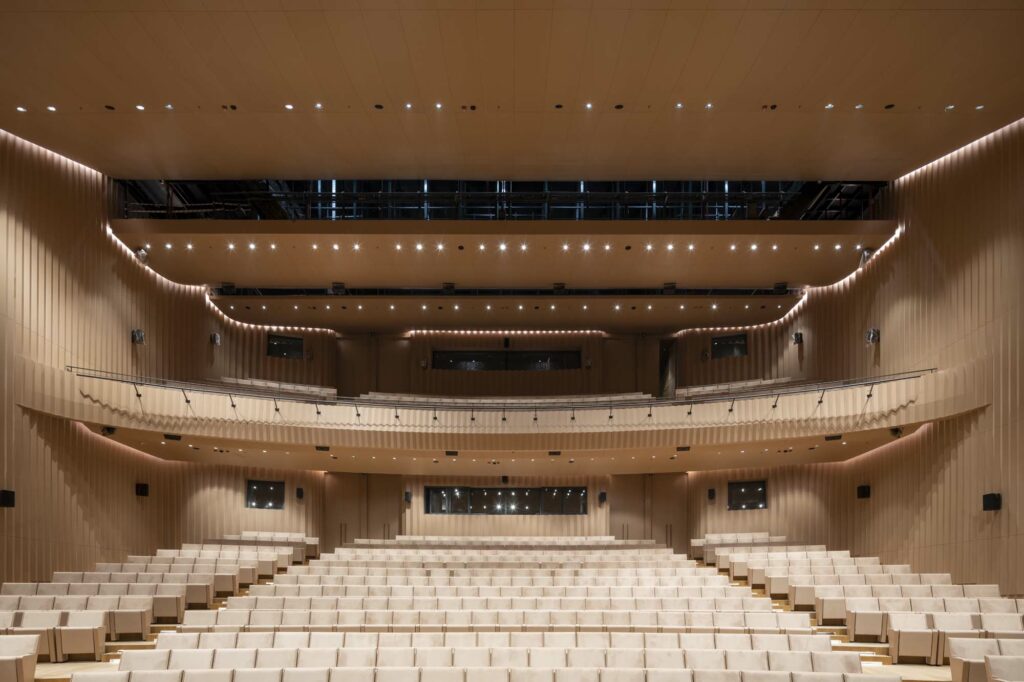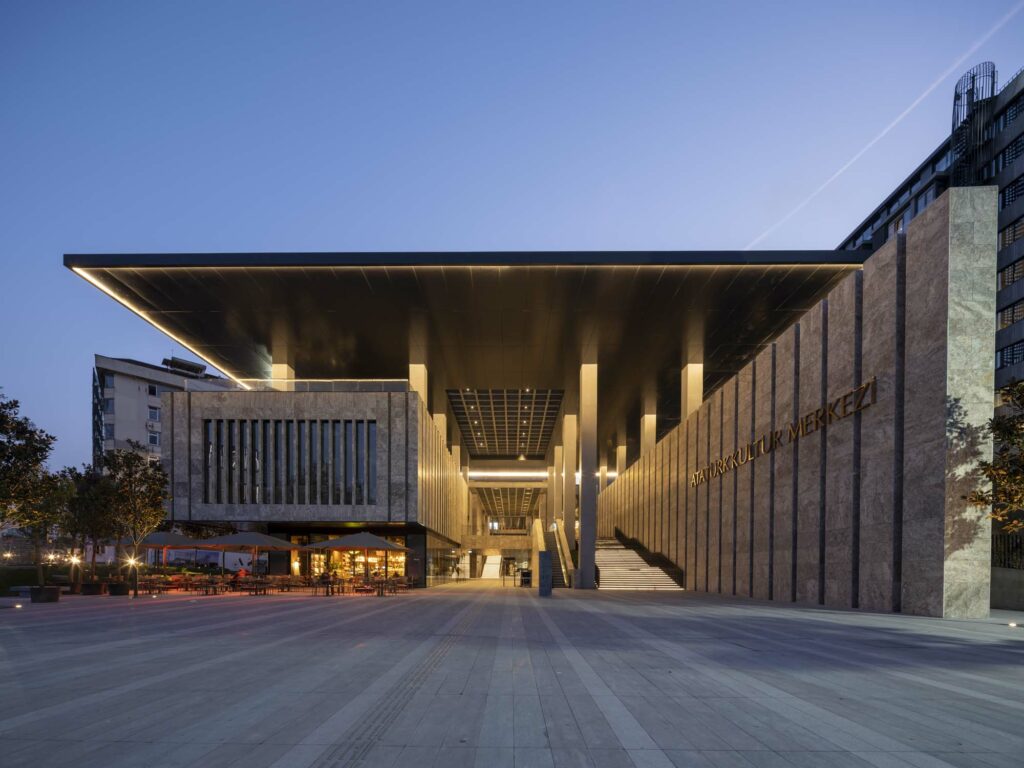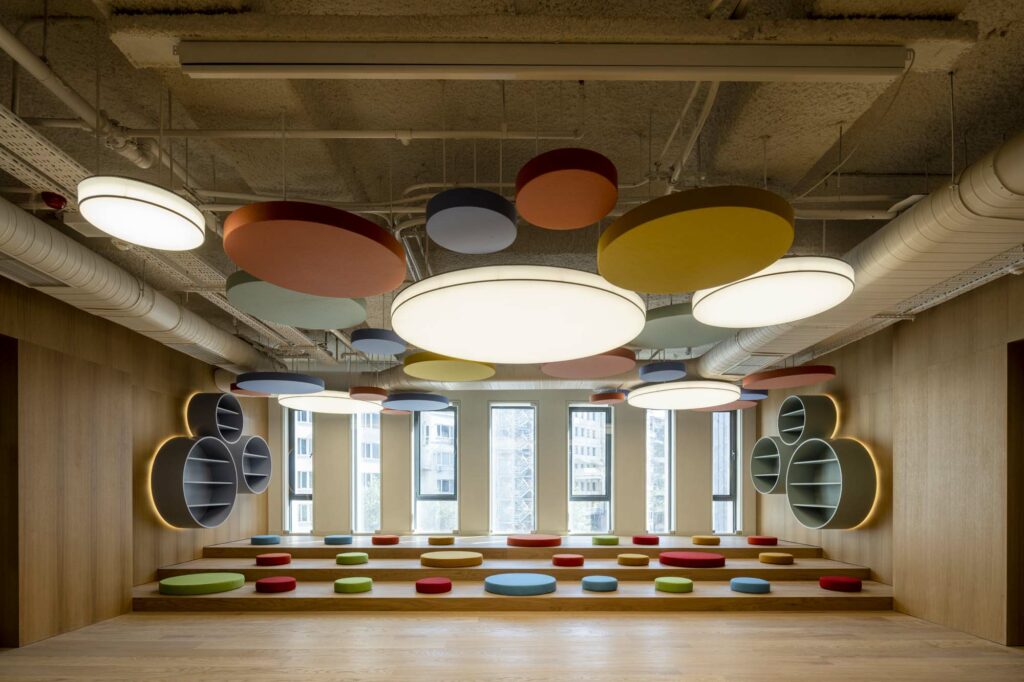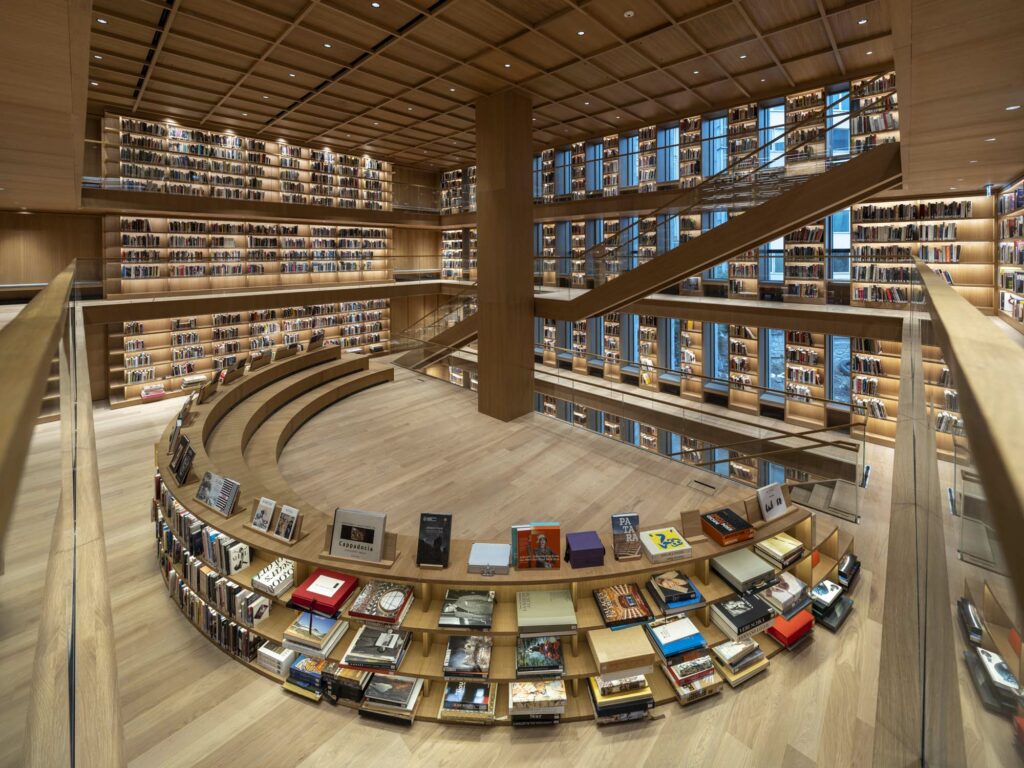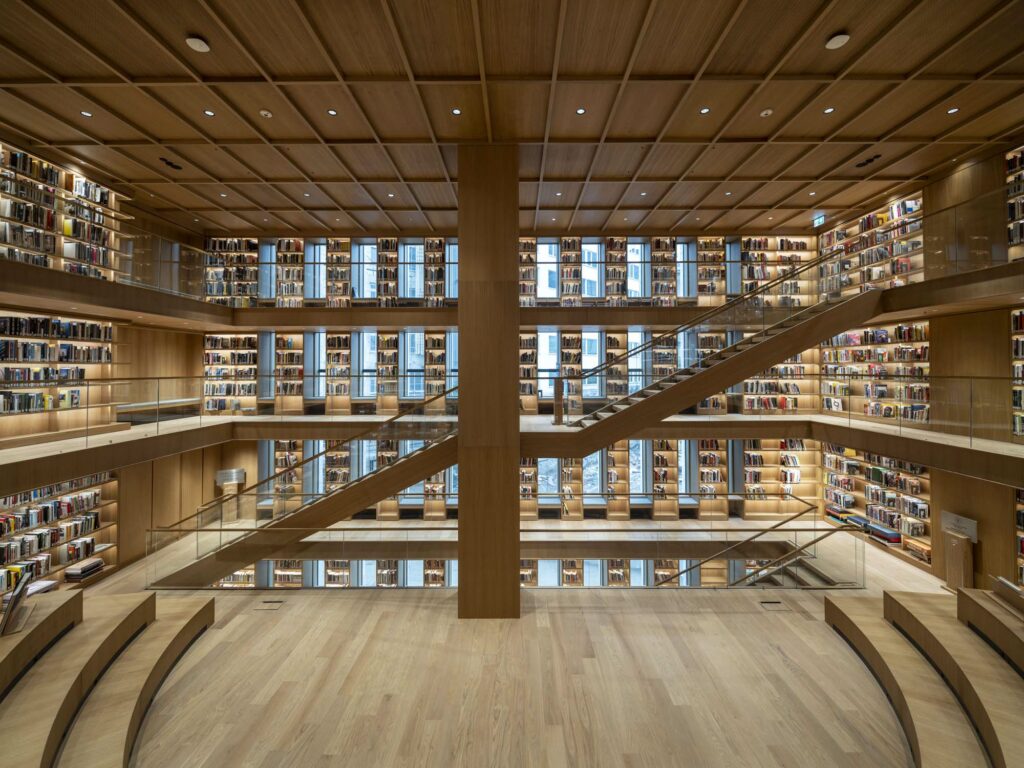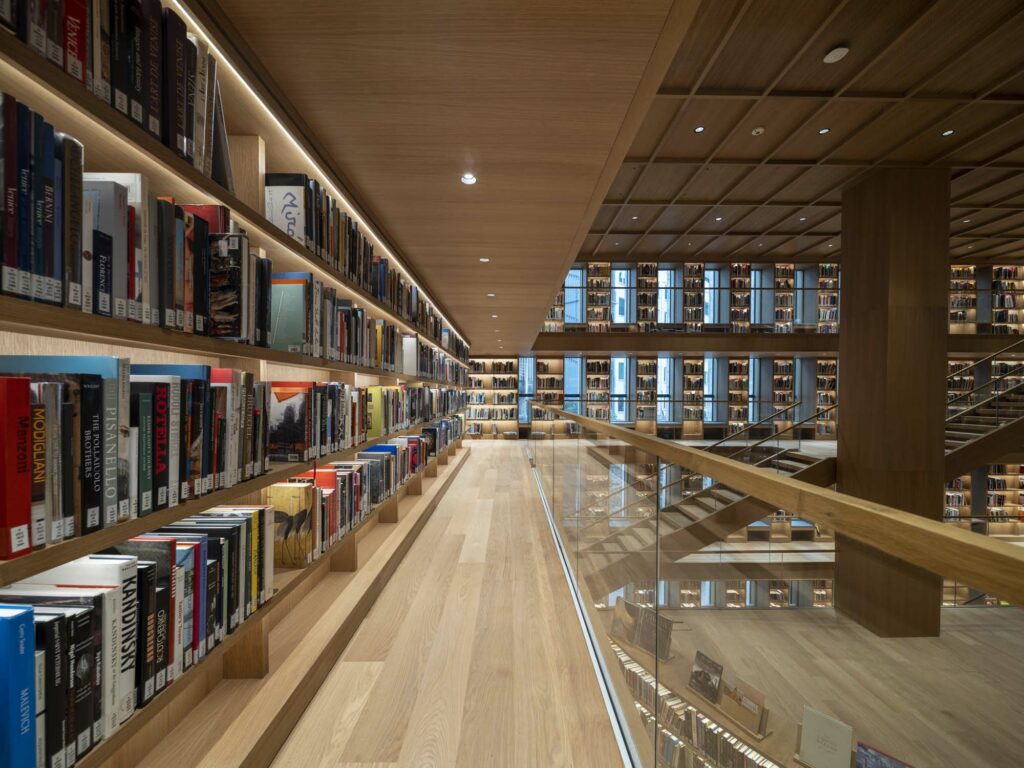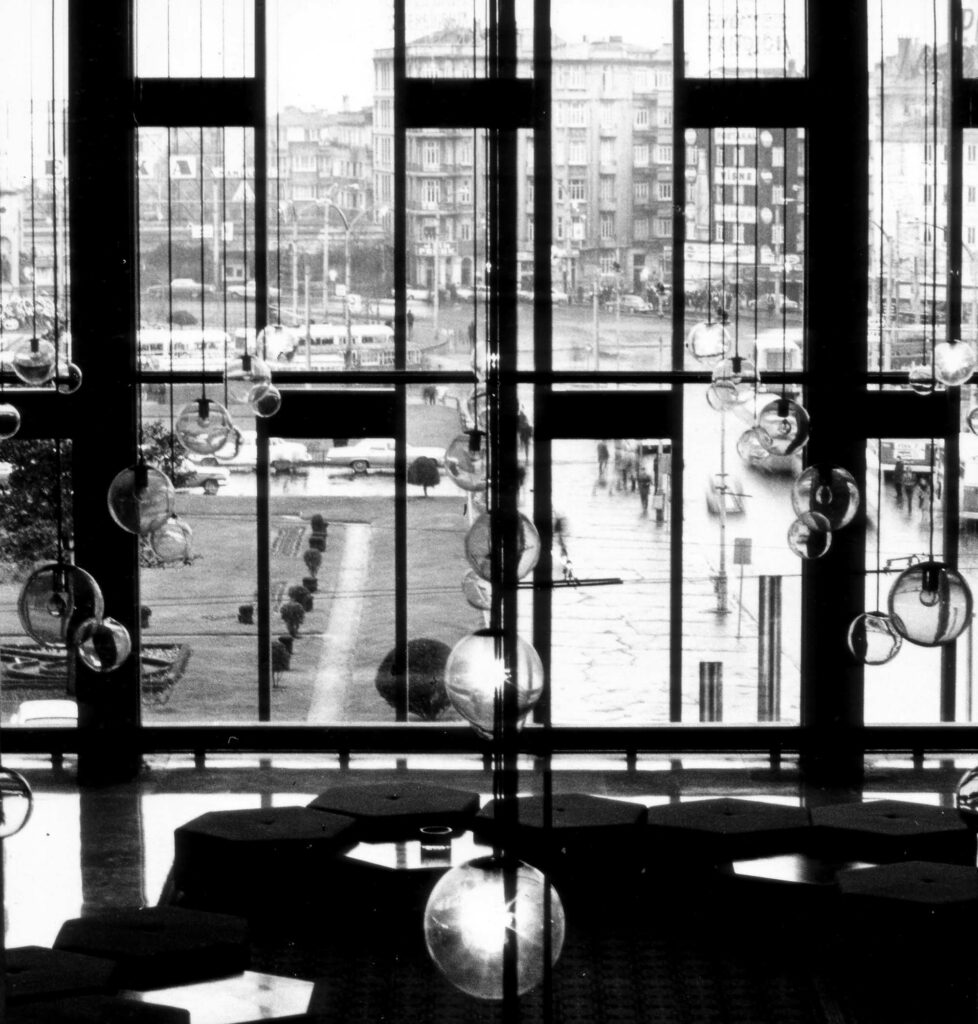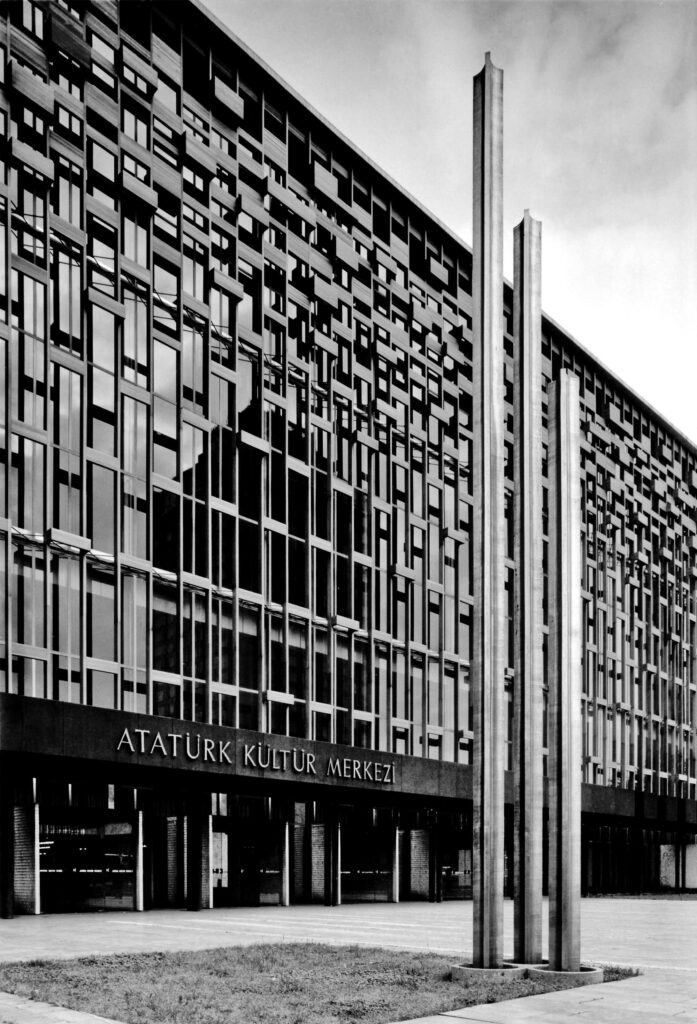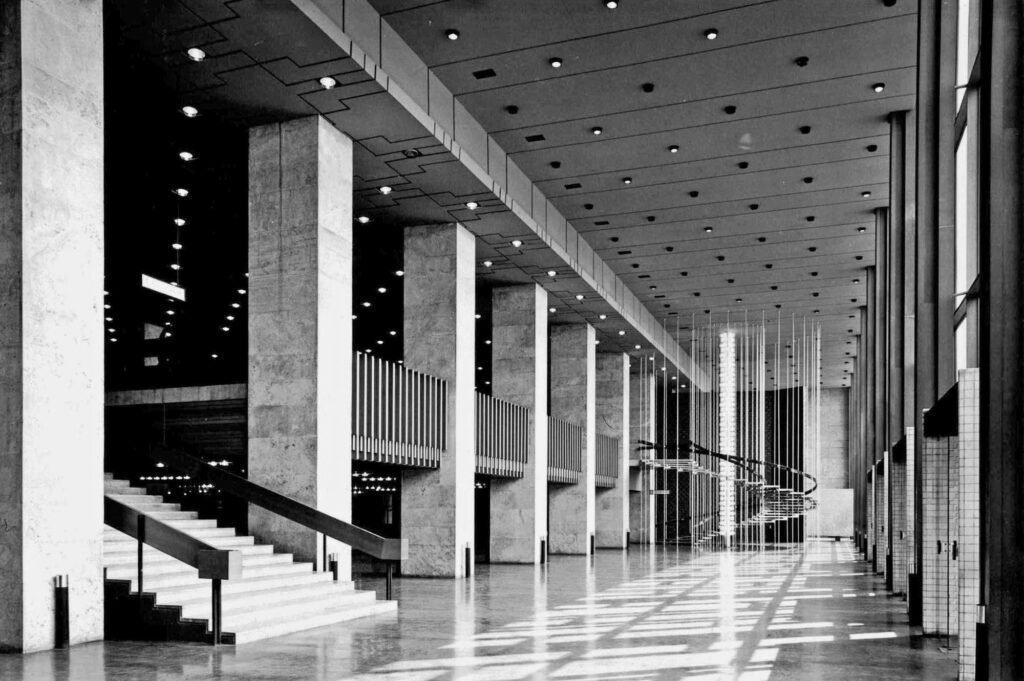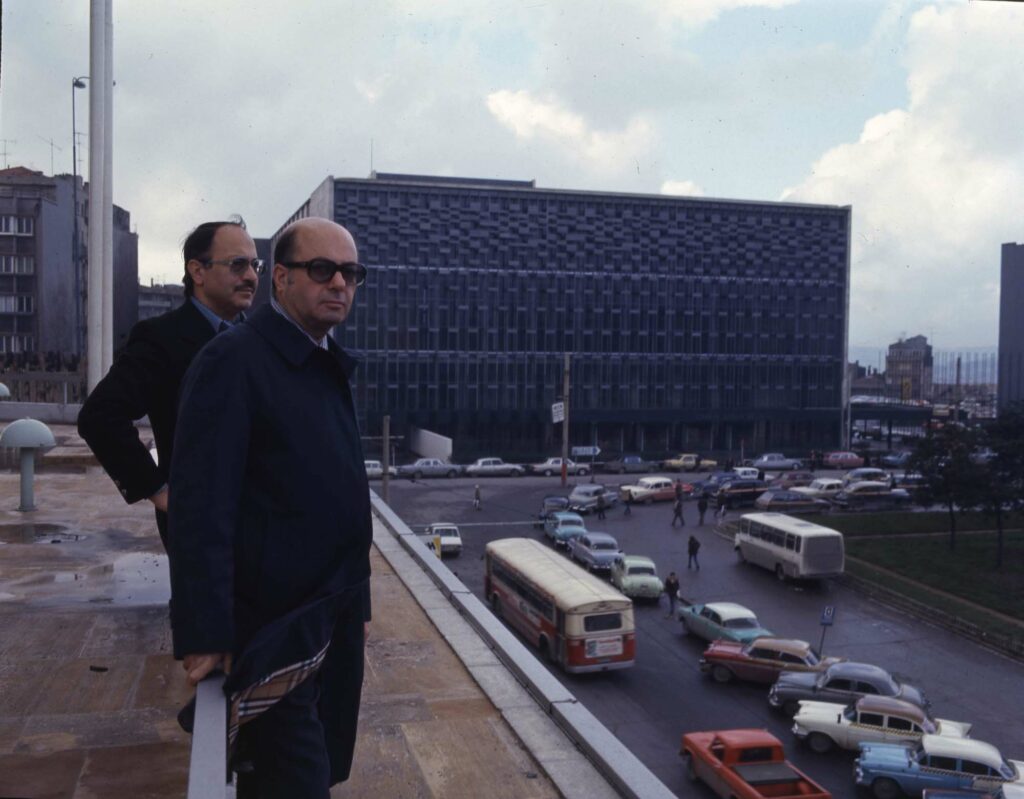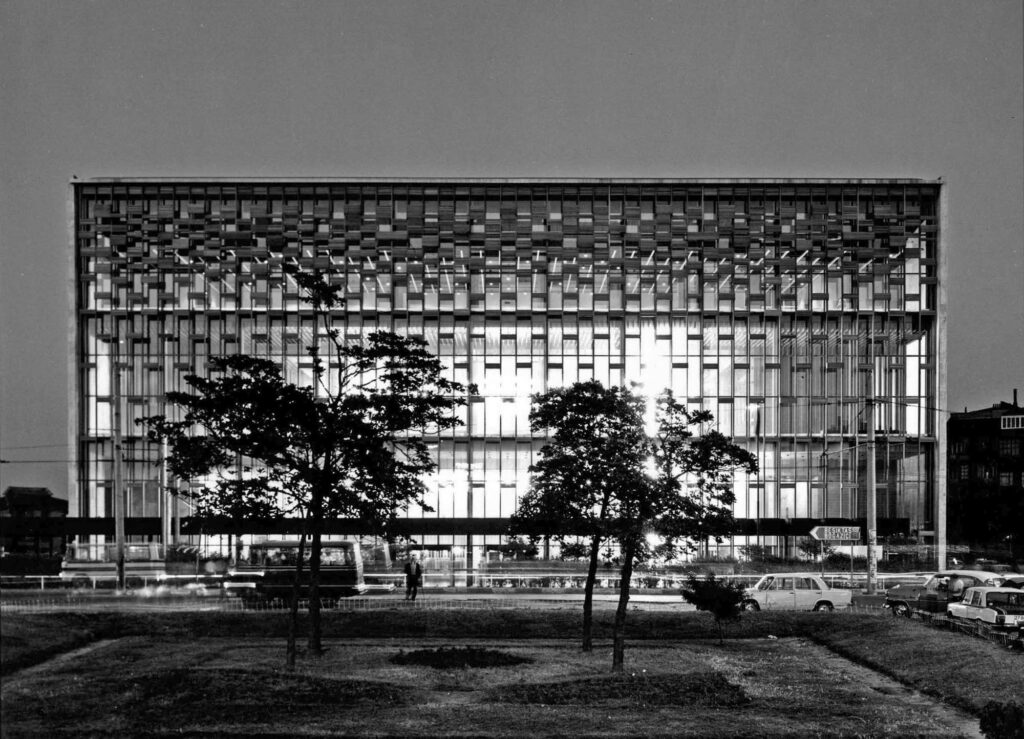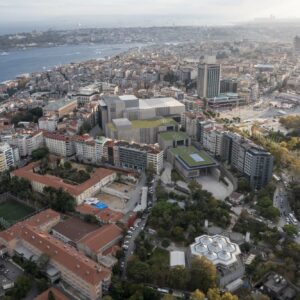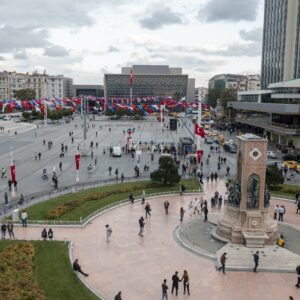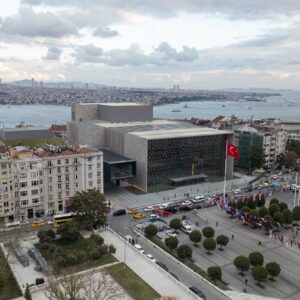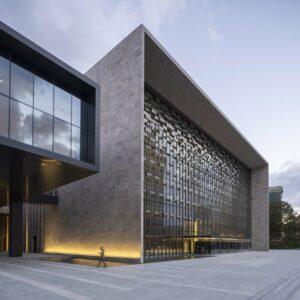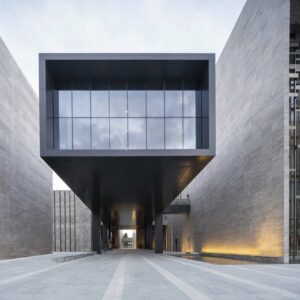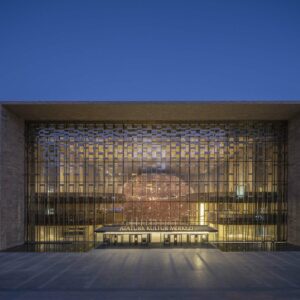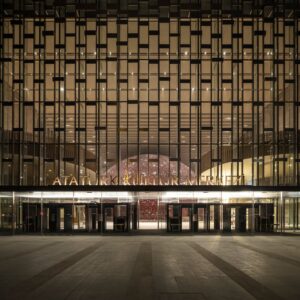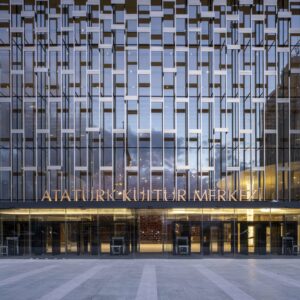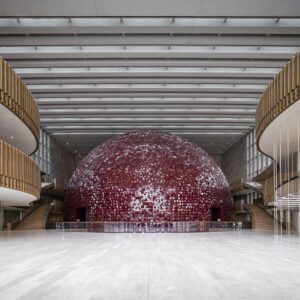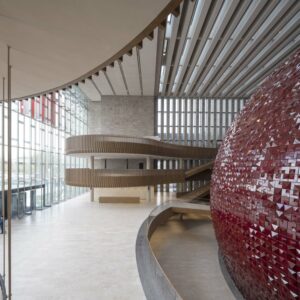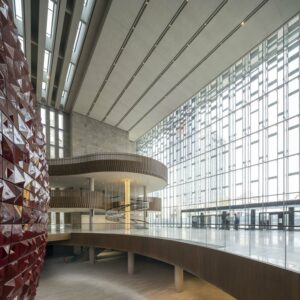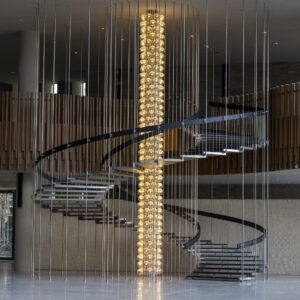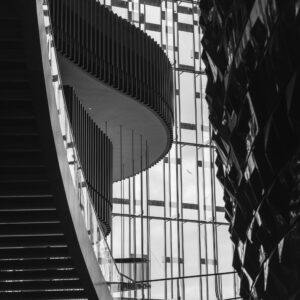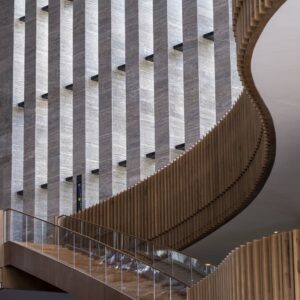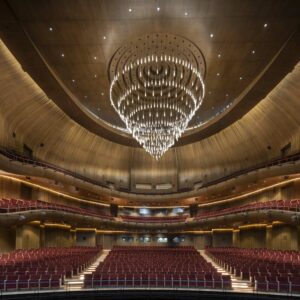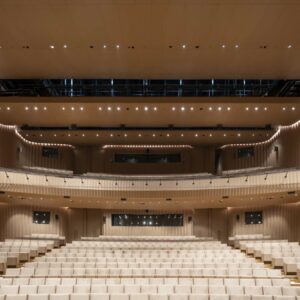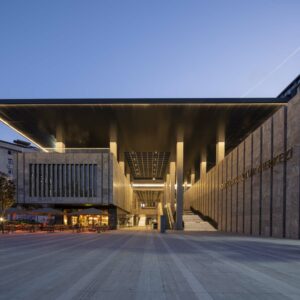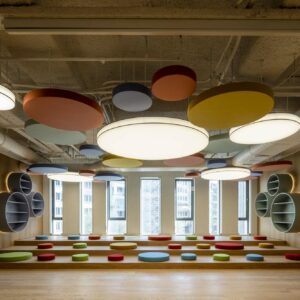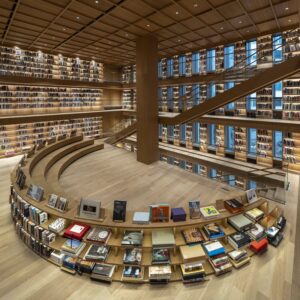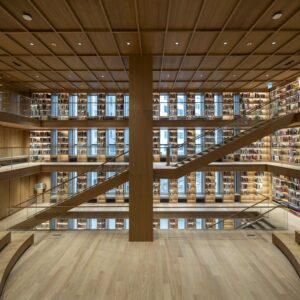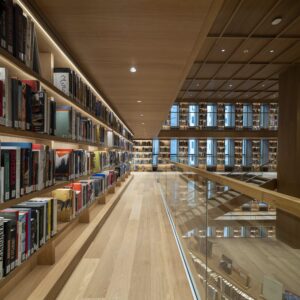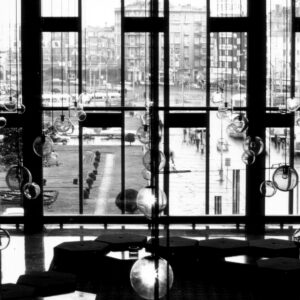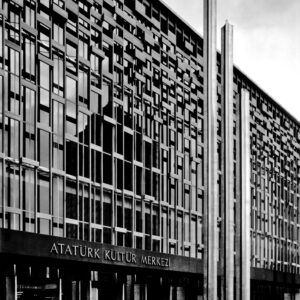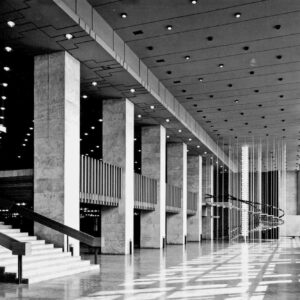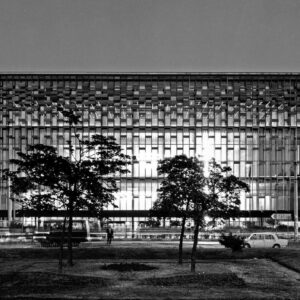
- 14 May 2024
- 22353 defa okundu.
Atatürk Cultural Center
Atatürk Cultural Center building, which was first opened in 1969 and put into service in 1977 after its reconstruction following a fire, was redesigned by Tabanlıoğlu Mimarlık. The new AKM was opened for use in 2021.
Searching for an answer to the question of “how to handle the architecture of the 60s”- especially those having complex functions like opera, dealing with contemporary art, architecture and urban understanding simultaneously, the new Ataturk Cultural Center project takes special care to preserve the aesthetic, physical and social values inherited from its predecessor projects. Considering its unique place in the memory of the city and for citizens individually, it would not have been possible to develop the Ataturk Cultural Center as a brand-new project.
However, even if the project were considered as a re-construction, updating would still be inevitable. Besides technical infrastructure and space approach meeting the contemporary needs, the new cultural structure had to be gained in a way that would respond to various common goals, leaving behind the elitist and closed attitude of the 20th century, contrarily, prioritizing the ideal of being open to everyone with an understanding that “the city and the citizen go through”.
Taking the advantage of contemporary developments, we have approached the project in accordance with the actual culture-performance needs as well as benefiting new production opportunities.
Like all structures that perform such complex functions, the main issue for an opera house is the complex stage systems and interspace relations behind the seen. While the most important characteristic to be captured is natural acoustics and comfortable viewing angles in the hall, which the audience experience, however, if those complex and vital systems, feeding the gigantic system behind the stage, do not work correctly and precisely, performances cannot be realized.
Determining the border of the Taksim Square- hosting the most intense urban movement of Istanbul and Turkey – as the previous AKM building did, the new project adds a new route into daily and cultural life; in the direction of Gezi Park, the axis is formed by the combination of arts and culture units articulated to the main building, constituting integrity with the main structure, the Opera House.
With reference to mass scale, proportions and facade design of the previous AKM, the main Opera House is developed in the height limits of the former building, with additional structures situated efficiently ensuring the conditions for the relevant functions and intensive public use.
The cultural center, designed as a 21st century cultural structure with the idea of reviving the Taksim Square, evolves in two joint fragments. The first is the main opera stage, which is located in lieu the former Ataturk Cultural Center and preserves its symbolic and urban memory. The second component is the new structure that articulated along Mete Street and extends towards Ataturk Library and Istanbul Technical University forming a culture lane, which brings together the social, artistic and cultural performance units and secondary functions that will stimulate the urban flow.
Compared to the 20th century, in this 21st century, from software for the design process to engineering solutions, we have wider opportunities, besides its capacity and quality; Ataturk Cultural Center is a design that is at peace with the environment and society, and with its new configuration, the public structure creates a space and urban background that is heavily used by wide circles, besides for the artists and regular audience.
Open to the broad connotations, it is clear that the establishment of the new cultural center, the structure housing the main hall and the complex all together, will be a case study for professionals of various disciplines, from architecture to urban planning, from restoration to philosophy, from art history to sociology.
Etiketler

